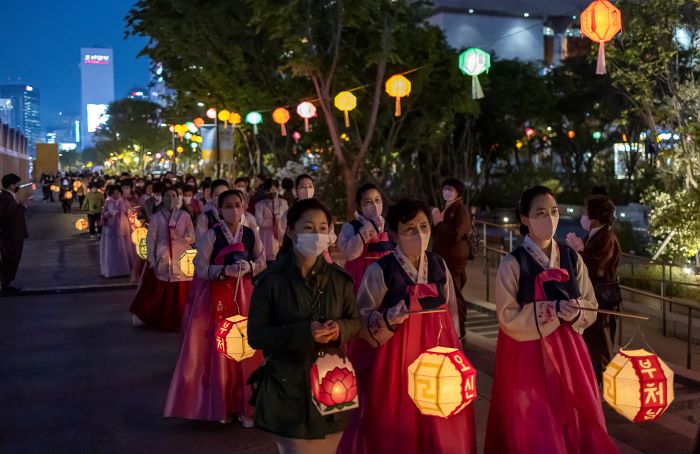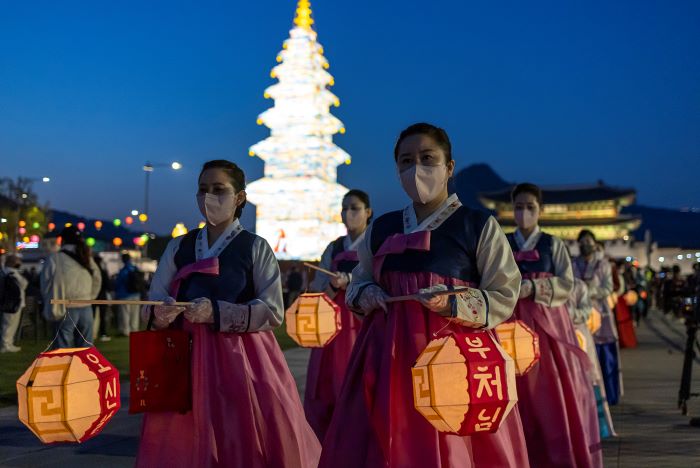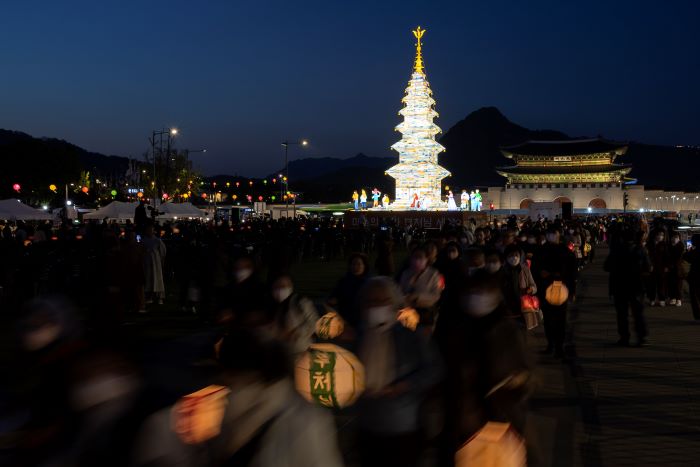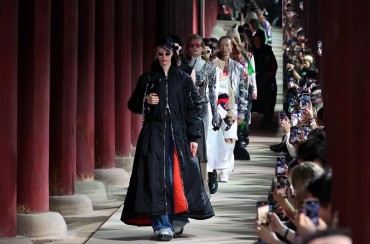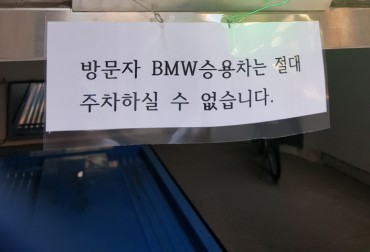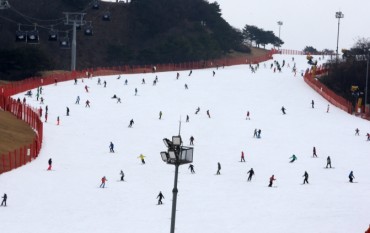SEOUL, April 27 (Korea Bizwire) — As the sun set over Gwanghwamun Square in Seoul on Wednesday, participants engaged in a beautiful and time-honored tradition, performing “tabdol-i” or circling of the pagoda during a lighting ceremony ahead of Buddha’s birthday.
This captivating event is a Korean traditional folk play and an integral part of Buddhist culture.
The “tabdol-i” ritual involves people circling a pagoda to pray for personal and family peace after participating in a bongchuk ceremony at a temple to celebrate Buddha’s birthday, which falls on May 27 this year.
Bongchuk signifies the celebration of this auspicious day with utmost reverence.
The pagoda holds immense significance in Buddhism, particularly after Shakyamuni’s passing, where his ashes were divided into eight pagodas.
The pagoda emerged as a central object of worship and continued to hold that position even after Buddha statues took over as the main object of devotion.
The worship of pagodas made its way to Korea with the introduction of Buddhism, and ever since then, numerous Buddhist pagodas have been built, with Korea boasting the largest number of stone pagodas and only one wooden pagoda, situated in Mount Songni in North Chungcheong Province.
Image Credit: Yonhap / photonews@koreabizwire.com


